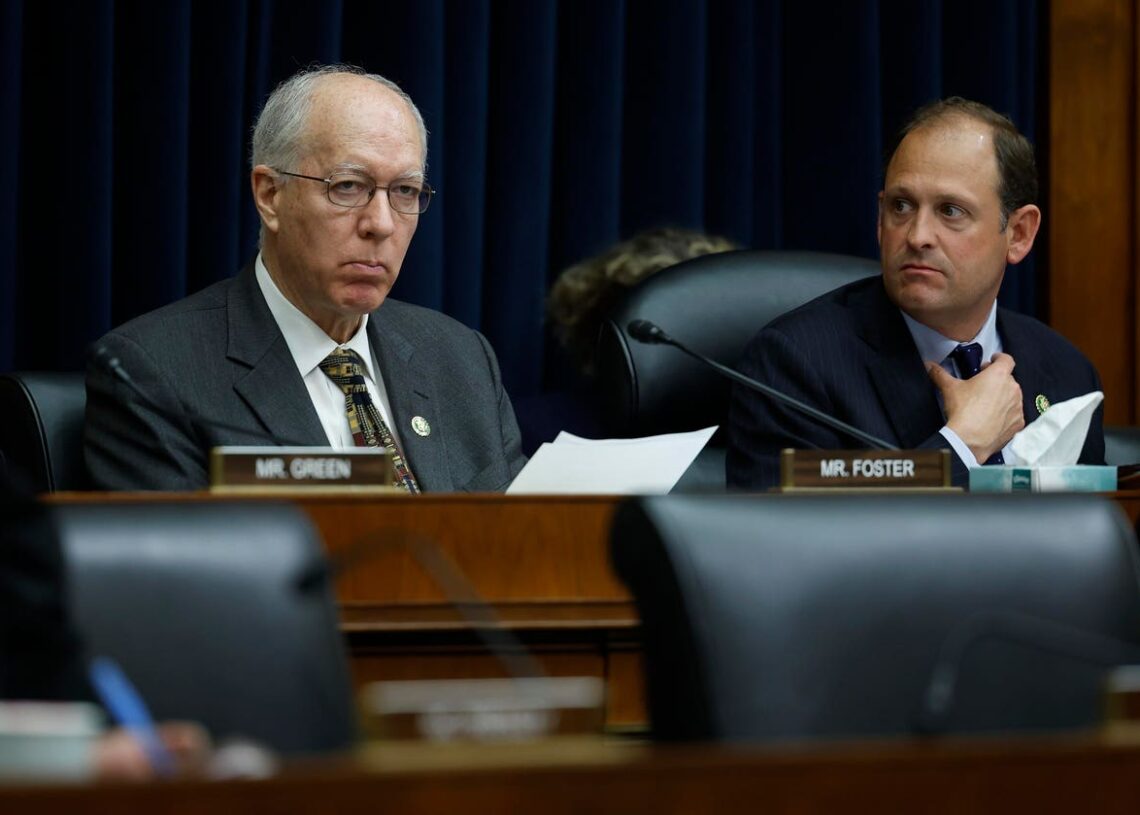The statistician W. Edwards Deming once famously said, “In God we trust; all others bring data.” He might well have been talking about bank regulations. Repeatedly, there are industry-supported efforts to roll back bank regulation claiming that these rules “kill lending.” This theme has resurfaced due to the recent proposal by U.S. bank regulators to update Basel III rules, what the media and bank industry are referring to as the “Basel III Endgame.” Assertions need to be backed up by data. As I mentioned in this week’s hearing on bank regulations, Dodd-Frank and Basel III regulations in the U.S. have not slowed down banks’ lending, asset growth, earnings, dividend payouts, share buybacks, or their political contributions to legislators.
Hearing: A Holistic Review of Regulators: Regulatory Overreach and Economic Consequences
At this week’s hearing on bank regulations, legislators demonstrated significant interest in whether the proposal on updating Basel III rules would hurt bank lending, especially to small-medium sized companies. Several Republicans asked one of the witnesses, Emeritus Professor Hal Scott, whether the new proposed U.S. Basel III rules would lead to reduced lending. He responded several times ‘yes’ and referred to his written testimony on page 6 where he wrote “a 2016 report by the Bank for International Settlements (“BIS”) summarized this extensive body of literature as indicating that for every one percentage point increase in capital ratios, banks tend to cut their lending in the long run by 1.4–3.5%.” There are several problems with this quote and how it is now being used by some legislators. The Basel Committee on Banking Supervision 2016 working paper entitled “Literature Review on Integration of Regulatory Capital and Liquidity Instruments surveyed studies conducted overwhelmingly in periods when Basel III was not even in effect. Obviously, these studies were not about the proposed U.S. Basel III rules that were just released on July 2023. Basel III was finalized in 2010 and implementation in most countries started in 2012. With the exception of two study in the literature review, all the other ones covered periods before 2011. Hence those studies do not cover how capital increases in Basel III from Basel II impacted lending. Additionally, the vast number of the studies in the review are of banks in the U.K. and Europe. There is no indication that the researchers of those studies covered U.S. banks at all.
Support authors and subscribe to content
This is premium stuff. Subscribe to read the entire article.











